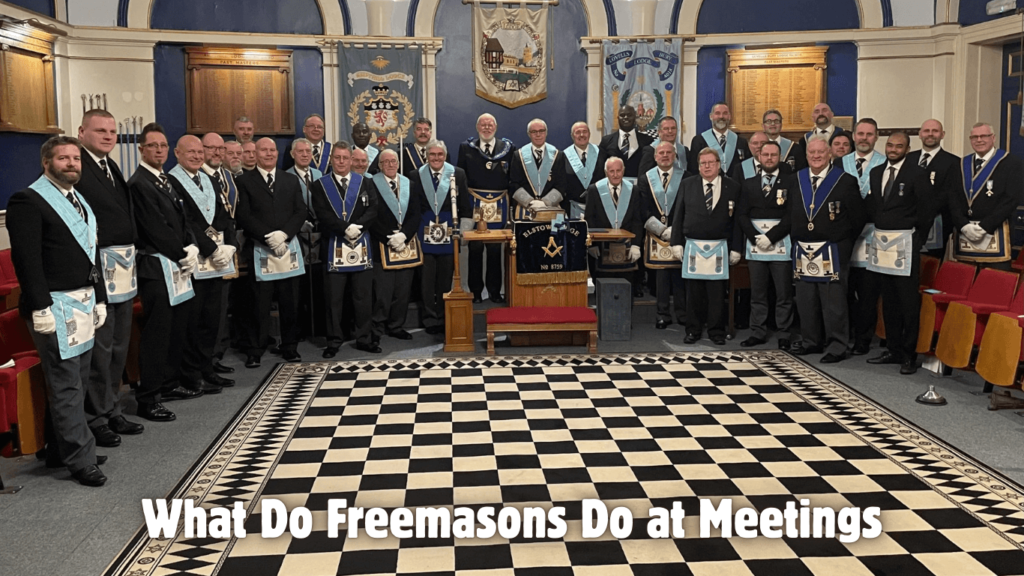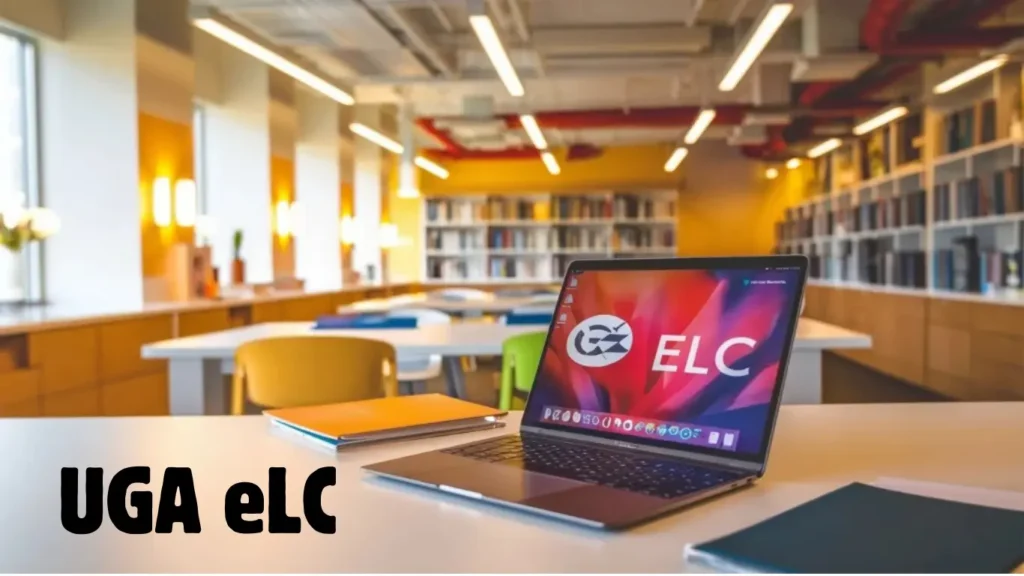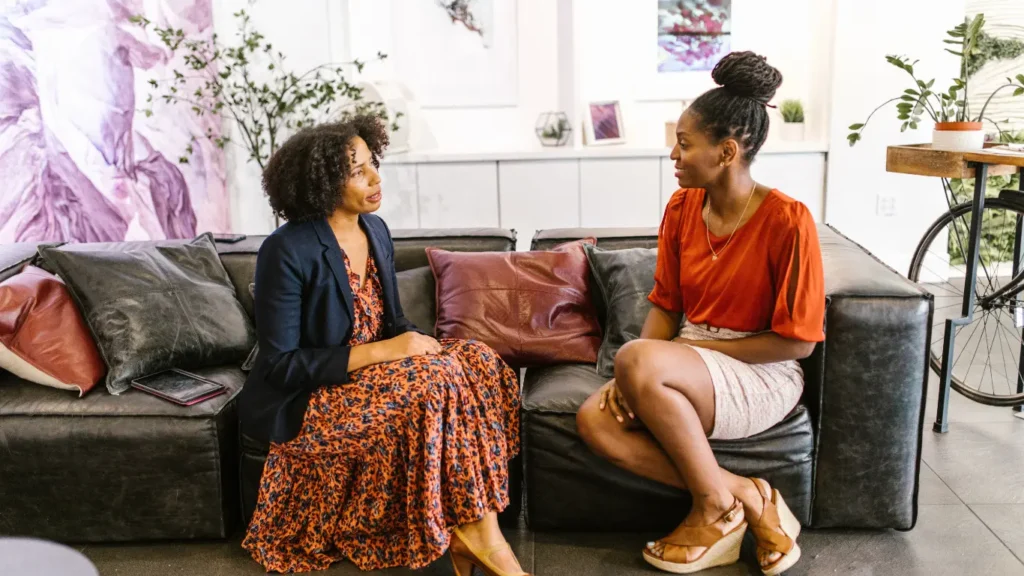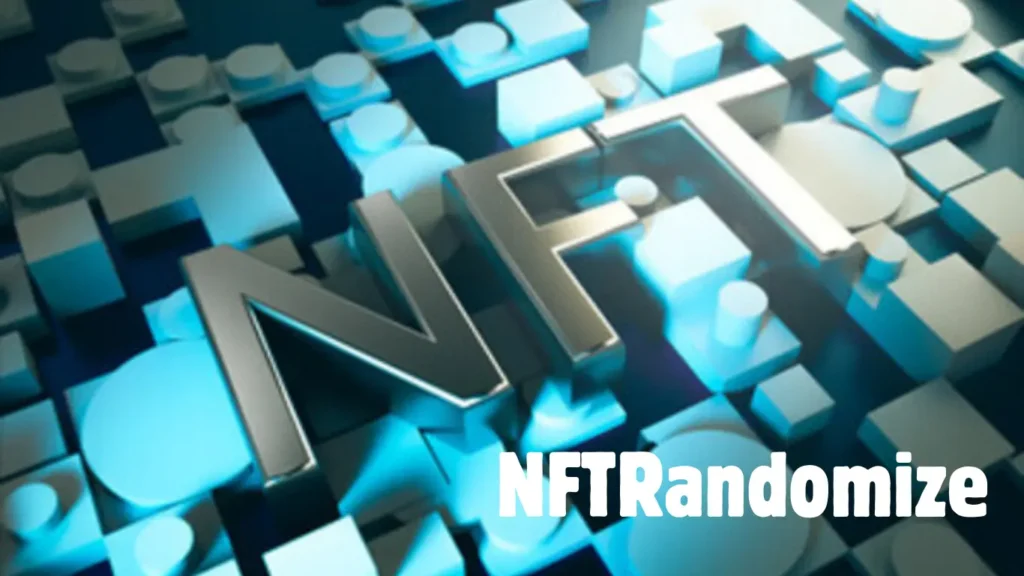Freemasons are part of a unique fraternity that is steeped in history and traditions. Their meetings offer a structured environment to carry out activities that promote their principles of brotherhood, service, and self-improvement.
While some view their gatherings as mysterious, Freemasons often aim to demystify their purpose by highlighting their commitment to ethical teachings, philanthropy, and community service.
Here’s a detailed look at what happens during these meetings, including insights into their structure, rituals, and symbolism.
Opening Ceremony: Setting the Tone
Freemasons begin their meetings with a formal opening ceremony. This process follows a structured framework that reflects their dedication to Masonic principles. The Master, who is an elected officer, presides over the lodge, ensuring everything adheres to their traditions.
The Master initiates the ceremony with symbolic acts that emphasize dedication and unity. Members may wear their aprons, which serve as integral reminders of their ethical teachings and responsibilities.
The square and compass, often seen as the fraternity’s emblem, symbolize the moral and philosophical lessons that guide their lives.
Roll Call and Reading of Minutes
Once the meeting begins, the secretary plays a crucial role by verifying the credentials of attendees through a roll call. This ensures that all members present are authorized to participate. The secretary then reads the minutes of the previous meeting, summarizing the activities and decisions made.
These records provide a clear picture of ongoing and past meetings, ensuring transparency and continuity. By reviewing these minutes, Freemasons remain informed about unfinished business and any issues that need attention.
Reports and Correspondence: Updates and Plans
A significant part of Freemason meetings involves reports and correspondence. Officers and committee chairs share updates on ongoing projects, such as charity work, financial status, or upcoming events.
These reports may include feedback on funds received, actions taken, and initiatives in progress. By addressing both old and new business, the lodge ensures that no critical matters are overlooked. This structured approach also aids in planning for future activities.
Degrees and Ceremonies: Marking Milestones
Freemasons place great importance on Degrees and Ceremonies, which form a significant portion of their meetings. These ceremonies involve the conferring of degrees, such as Entered Apprentice, Fellow Craft, and Master Mason.
Each degree represents a step in a member’s journey, marked by a ceremonial initiation process. These rituals teach moral and philosophical lessons, enhancing a Freemason’s understanding of symbolism and ethical conduct.
For instance, the trowel symbolizes spreading unity, while the square and compass remind members to uphold integrity in their personal and professional lives.
Educational Programs: Building Knowledge
Freemasons are deeply committed to learning. Their meetings often feature educational programs, such as lectures or presentations on topics like history, philosophy, or the symbolism behind their rituals.
These programs aim to enhance members’ understanding of Freemasonry, allowing them to reflect on the values passed down through generations. Discussions often explore the virtues of brotherly love, integrity, and dedication to self-improvement and service.
This focus on lifelong learning mirrors platforms like Pondershort.com, which encourage individuals to expand their knowledge and grow in various aspects of life.
Social Time and Fellowship
While Freemason meetings are formal, they also include opportunities for fellowship and socializing. Members come together to enjoy refreshments and strengthen their camaraderie.
This social time fosters bonds of brotherhood, reinforcing the idea that Freemasonry is more than just a fraternity—it is a lifelong connection based on shared values and mutual support.
Fran Candelera has often emphasized the importance of these social gatherings, where members deepen their personal connections and offer support to one another beyond the ceremonial aspects of their work.
Philanthropy and Community Impact
One of the cornerstones of Freemasonry is its commitment to philanthropy. During their meetings, members discuss charity work, such as educational scholarships, medical research, and local community support.
These initiatives reflect their dedication to making a positive impact on society. Freemasons believe in addressing both local needs and larger-scale causes, demonstrating their role as a force for good in the world.
Symbols and Their Meaning
Freemasons use symbols like the square, compass, and trowel to convey ethical and moral teachings. These symbols are integral to their rituals and serve as daily reminders of the virtues they strive to uphold.
The apron, for instance, symbolizes purity and dedication to service, while the compass represents self-restraint and the importance of balance in life.
Myths and Reality: Understanding Freemasonry
Freemasonry often carries an air of secrecy and mystique, leading to numerous myths about their activities. However, their meetings are primarily focused on fostering brotherhood, self-improvement, and service to others.
By shedding light on their framework and goals, Freemasons aim to demystify their organization and emphasize the positive impact they have on society.
Conclusion: A Brotherhood of Purpose
Freemason meetings are more than formal gatherings; they are a blend of rituals, education, and service. Through their structured approach, dedication to philanthropy, and commitment to ethical teachings, Freemasons create a lasting legacy of brotherhood and service.
By understanding what happens in these meetings, we can appreciate the values and traditions that make Freemasonry a cornerstone of community and self-improvement.



